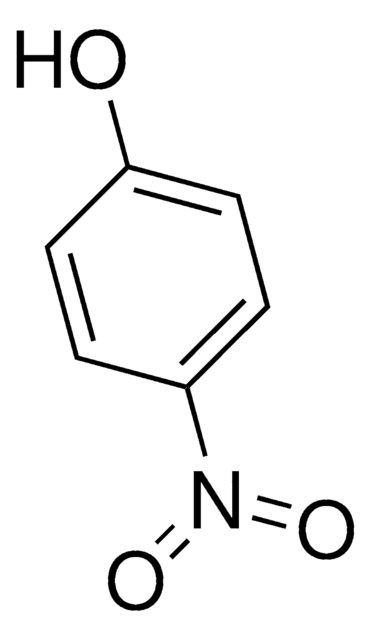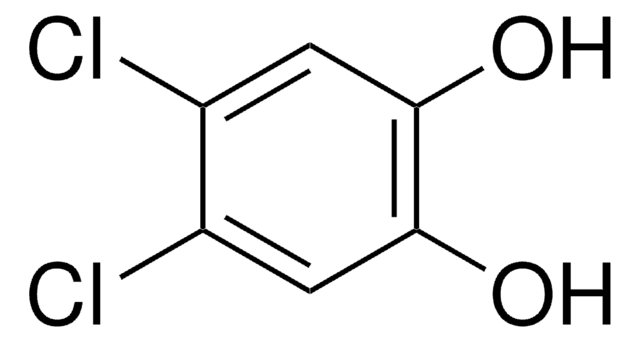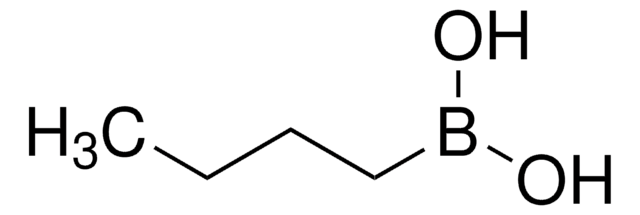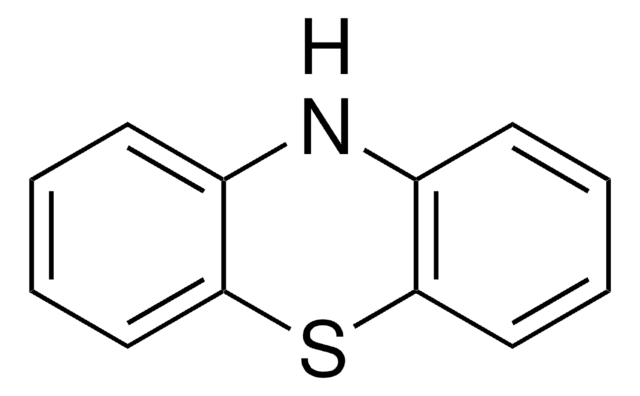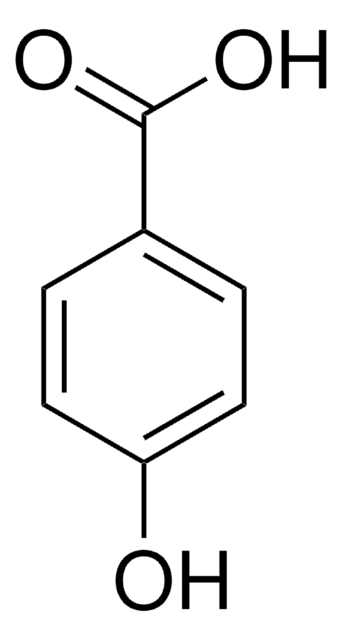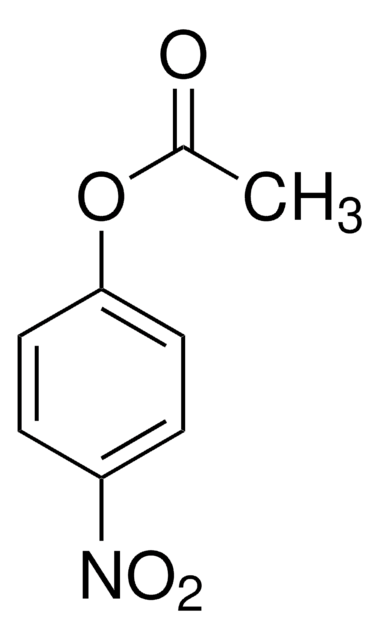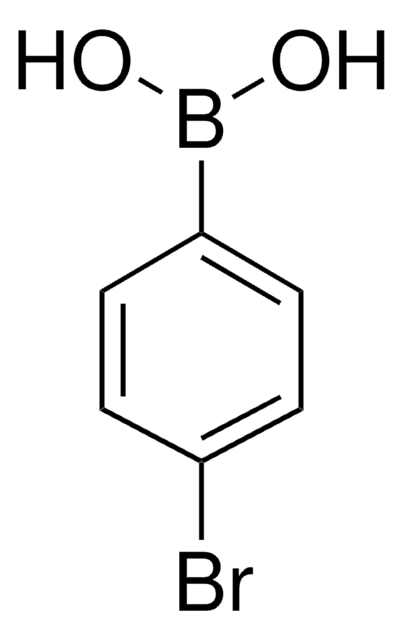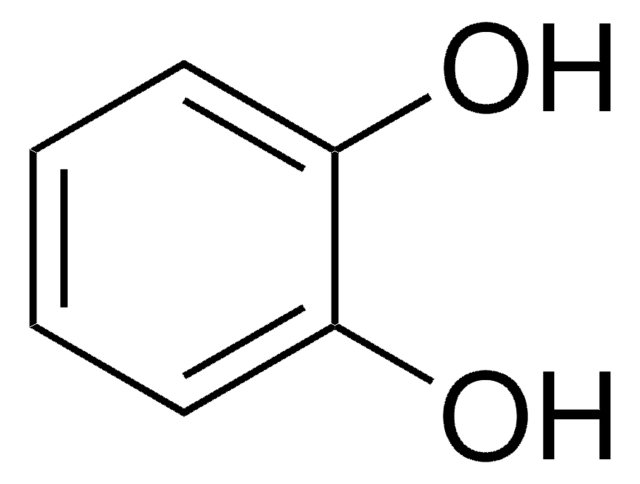所有图片(2)
About This Item
线性分子式:
Cl2C6H2(OH)2
CAS号:
分子量:
179.00
MDL编号:
UNSPSC代码:
12352100
PubChem化学物质编号:
NACRES:
NA.22
推荐产品
方案
97%
mp
79.5-84.5 °C (lit.)
SMILES字符串
Oc1cc(Cl)cc(Cl)c1O
InChI
1S/C6H4Cl2O2/c7-3-1-4(8)6(10)5(9)2-3/h1-2,9-10H
InChI key
XSXYVLIPQMXCBV-UHFFFAOYSA-N
警示用语:
Warning
危险声明
危险分类
Eye Irrit. 2 - Skin Irrit. 2 - STOT SE 3
靶器官
Respiratory system
储存分类代码
11 - Combustible Solids
WGK
WGK 3
闪点(°F)
Not applicable
闪点(°C)
Not applicable
个人防护装备
dust mask type N95 (US), Eyeshields, Gloves
Monika Thiel et al.
Archives of microbiology, 183(2), 80-94 (2005-02-03)
The genes responsible for the degradation of 2,4-dichlorophenoxyacetate (2,4-D) by alpha-Proteobacteria have previously been difficult to detect by using gene probes or polymerase chain reaction (PCR) primers. PCR products of the chlorocatechol 1,2-dioxygenase gene, tfdC, now allowed cloning of two
Dirk Benndorf et al.
Proteomics, 6(11), 3319-3329 (2006-04-26)
Pseudomonas putida KT2440 is often used as a model to investigate toxicity mechanisms and adaptation to hazardous chemicals in bacteria. The objective of this paper was to test the impact of the chlorophenoxy herbicides 2,4-dichlorophenoxyacetic acid (2,4-D) and 2-(2,4-dichlorophenoxy)propanoic acid
Stefan G Huber et al.
Environmental science & technology, 41(22), 7802-7806 (2007-12-14)
The formation of volatile compounds during abiotic degradation processes of aromatic compounds in soil has been the subject of many experimental studies but should be examined further. In this context, the present work investigates the natural formation of carbon suboxide
E J Perkins et al.
Journal of bacteriology, 172(5), 2351-2359 (1990-05-01)
Growth of Alcaligenes eutrophus JMP134 on 2,4-dichlorophenoxyacetate requires a 2,4-dichlorphenol hydroxylase encoded by gene tfdB. Catabolism of either 2,4-dichlorophenoxyacetate or 3-chlorobenzoate involves enzymes encoded by the chlorocatechol oxidative operon consisting of tfdCDEF, which converts 3-chloro- and 3,5-dichlorocatechol to maleylacetate and
S N Gorlatov et al.
Journal of basic microbiology, 32(3), 177-184 (1992-01-01)
Effects of aromatic and nonaromatic cosubstrates on the rate of 2,4-dichlorophenol degradation by R. erythropolis 1CP were studied under growth and nongrowth conditions. Glucose and maltose were found to accelerate 2,4-dichlorophenol (initial conc. 50 mg/l) dechlorination from 11 days to
我们的科学家团队拥有各种研究领域经验,包括生命科学、材料科学、化学合成、色谱、分析及许多其他领域.
联系技术服务部门
